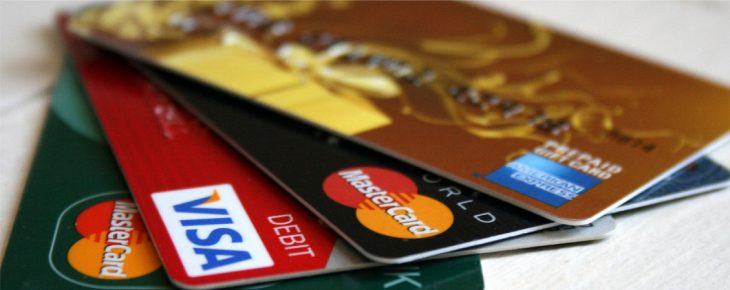Inflation, higher interest rates could push retail sales lower in 2023
by September 2, 2022 1:05 pm 1,357 views

Many retailers have reported shoppers making fewer trips and smaller basket sizes in recent months as rising prices weigh on household budgets. Grocery prices rose 12.2% this summer from a year ago marking the largest annual spike in 43 years.
Betsey Stevenson, an economist at the University of Michigan, said worry has increased for more households and while they are grateful to still have a job many have started to shift spending away from discretionary purchases because it’s taking more to cover the essentials.
Consumer staples like bread and cereal saw prices up 14%, dairy like butter rose 26% and chicken prices are up more than 15% from a year ago. Consumer confidence readings in August were slightly better than the prior three-months. But sentiment measured by the University of Michigan survey found the slight uptick in sentiment in August was still 17% from the same period a year ago.
Lower-income consumers, who have fewer resources to buffer against inflation, have voiced the most concern and by numbers this cohort exceeds that of higher income consumers who have more cushion against rising prices. Stevenson said overall sentiment remains extremely low by historical standards.
Retail analysts largely expect consumer spending to slow and that could spell trouble for retailers who have benefited from rising prices boosting top line revenue in 2022. While bottom line net income has been challenged from higher operating costs and tighter margins, retailers have largely experienced strong same-store sales and good store traffic in recent months.
“Big box retailers are likely in some trouble at this point in time as discretionary spending falls. Sales are decelerating and that’s a problem. Some like Target who have big inventory issues, good traffic but they have the wrong inventory. That will take some time to correct,” said Stephanie Link of Hightower Advisors.
Economists at Wells Fargo said the two pillars holding up the U.S. economy – housing and tight labor market – are starting to wobble. With more layoffs announced in recent weeks and a sharp decline in new home mortgage applications, more consumers are being pushed out of the housing market because of record high prices and rising interest rates. Wells Fargo predicts the U.S. will be in recession by early 2023. Some economists have said consumers could see increased purchasing power if inflation moderates but that remains unlikely in the short-term.
The National Retail Federation said while U.S. growth has slowed it remains unclear if and when a recession may be announced.
“As we come to the end of the summer, economic indicators are signaling an unsteady U.S. expansion in the face of several headwinds,” said Jack Kleinhenz, NRF chief economist.
Noting ongoing inflation, Federal Reserve interest rate hikes, the volatile stock market and other catalysts for recession, he said the factors are contributing to the debate on whether the economy is already in a recession.
“All eyes remain on the consumer and what is happening in retail is very important,” Kleinhenz said. “While consumers have become more cautious and cooled their spending in the first half of 2022, households continue to spend and are contending with inflation by using credit cards more, saving less and drawing on savings built up during the pandemic. Consumer stamina will be the big question going forward.”
During the second quarter, gross domestic product shrank by an annual rate of 0.6% following a 1.6% decline in the first quarter, according to the U.S. Bureau of Economic Analysis. Consumption spending was up 1.5%, but underlying trends for the second quarter still reflected an overall slowing of the economy.
While U.S. Census Bureau data showed that retail sales were flat month to month in July, core sales as calculated by NRF (excluding gasoline stations, automobile dealers and restaurants) were up 0.8% from June, showing a sign of resilience as lower gas prices led to higher spending in many areas, Kleinhenz said.
Statewide spending data was made available this week by the U.S. Census Bureau. Data showed retail sales in Arkansas rose 13.5% in May compared to a year ago, which was nearly twice the rate of the national increase of 7%. Spending did not include online purchases from non-store retailers like Wayfair or Amazon. The spending is also not adjusted for inflation.
Spending at gas stations in Arkansas rose 46.2% in May from the year-ago period. Nationwide spending at gasoline stations rose 46.3% in May compared to the same month last year. Sales at electronics and appliance stores in Arkansas fell 5.1% from the same month last year, and were down 5.7% nationwide.
